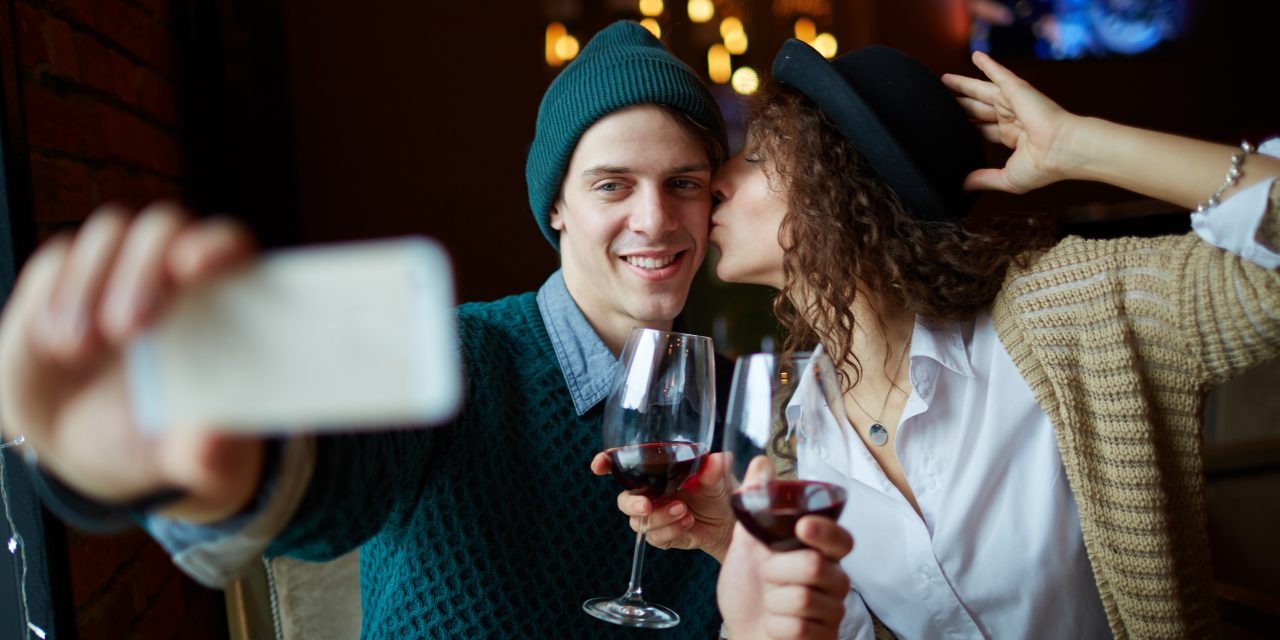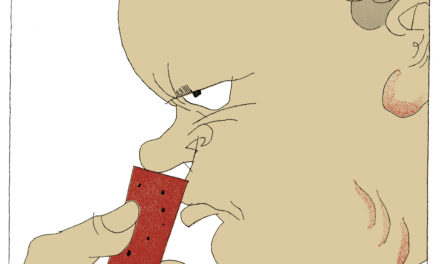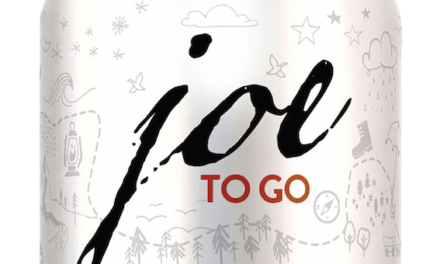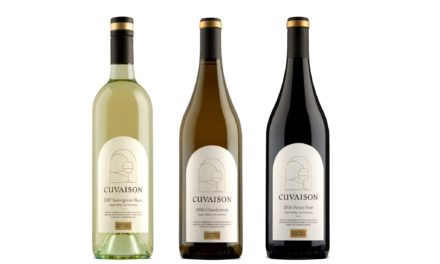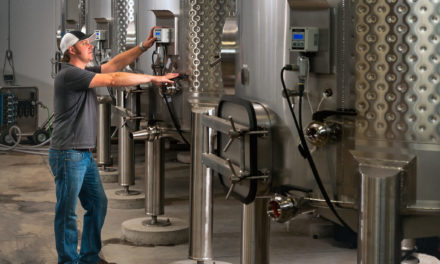
Inside Wine Columnist
Laura Ness
The wine industry would be wise to keep the welcome mat out for millennials (those born between the early 1980s and early 2000s). They’re the largest alcohol-consuming segment of the overall U.S. market at 36 percent, versus 34 percent for boomers and 18 percent for Gen Xers. And they love their booze—all of it. According to the Wine Market Council, they consumed a whopping 42 percent of all wine sold nationally last year.
Adventurous and notoriously lacking in brand loyalty, millennials are drinking more and trading up. Oh, so many ripe opportunities for savvy wine marketers!
Chris Chandler, executive director of the Livermore Valley Winegrowers Association in California, says a recent decision to open a highly successful barrel tasting weekend to include breweries and distilleries was a natural way to reach this thirsty audience.
Says Chandler, “With the attention on craft beverages rising among millennials and beyond, and the many breweries and distilleries opening in the Livermore Valley, it was an easy decision to make. We hope to inspire more millennials to visit the region and discover a new favorite place to share with their friends and family.”
Monterey (Calif.) Winegrowers Association Executive Director Kim Stemler knows millennials love stories. She’s creating a “Monterey Wine Camp” that will immerse consumers in regional lore, hands-on blending, blind “guessing,” and somm-guided tasting tours. In a campfire-style setting, wine writers will share tales of Monterey as a unique growing region that produces a significant amount of the Chardonnay and Pinot Noir “campers” are already drinking.
Innovative packaging keenly appeals to this group that, by nature, doesn’t treat wine like the precious commodity their parents do. Brands such as Mondavi, Mark West and Electric Sky (a collaboration with Interscope Records) are putting single servings of wine in cool-looking recyclable (and unbreakable) glassware in conjunction with packaging innovator, StackTek, to drive brand loyalty among millennials at concerts and sporting events. It not only makes good business sense, but it makes participating in the brand a part of the overall social experience. StackTek’s VP of Marketing and Sales Karen Maley says, “Millennials accept change. They aren’t bound by convention. They love disruption.” Celebrity affiliation is smart, too.
The Long Island Merlot Alliance (LIMA, in New York) crafts a different wine each year from member fruit. For 2017, it’s tapping the popularity of rosé among millennials by creating one from Merlot. Says LIMA President Juan Micieli-Martinez, “I think it’s a first wine of its kind on Long Island, and possibly the world. Has anyone ever used rosé—more specifically, rosé of Merlot—to help define terroir?” Merliance Rosé ($21) launched in early 2017.
Winesong, a wine-centric fundraiser for the Mendocino Coast District Hospital that’s taken place in Fort Bragg, Calif., for the past 33 years, wanted to reach a new audience of wine drinkers and auction bidders. Winesong’s Executive Director Jamie Peters says social media is critical to that effort, so it’s adding more “behind the scenes” music festival and concert experiences to the auction.
And it’s not just wineries going out of their way to tap millennials’ innate love of the experimental. Says distiller Brett Little of Mad River Distillery in Vermont, “We’re collaborating with local brewers to take their wort and distill it. Under our ‘Hopscotch’ brand, we’ve teamed up with Lawson’s Finest Liquids to create Vermont’s first single malt whiskey. Our goal is to take what the brewer sees and transform it into something that blows everyone away.”
The crazier the flavors, the better, he adds. Mad River also keeps prices reasonable to promote loyalty. “We have an unwritten contract with our clients: We love what we do and we want to do the right thing. Millennials love that!”

